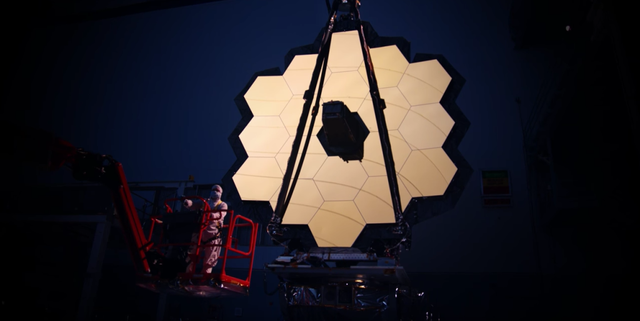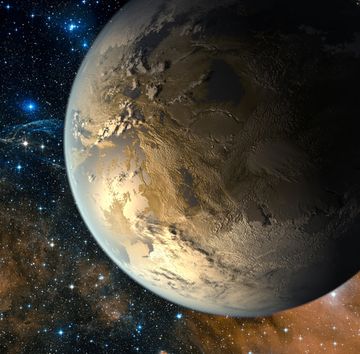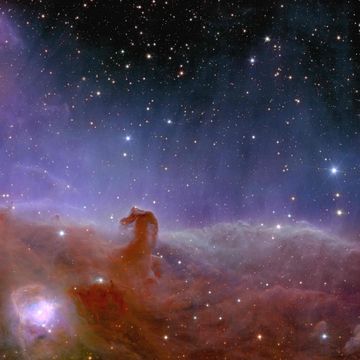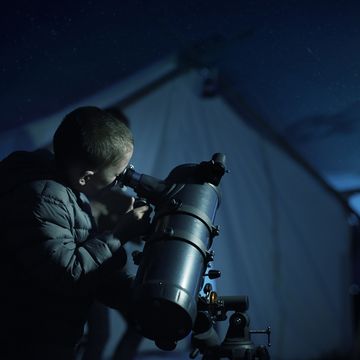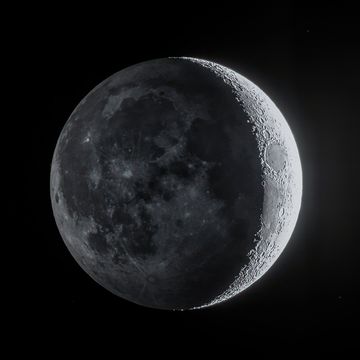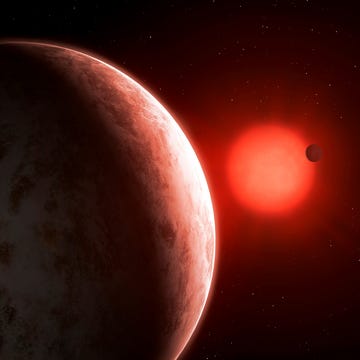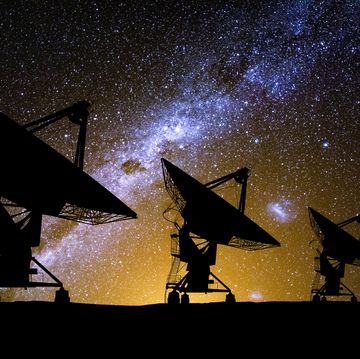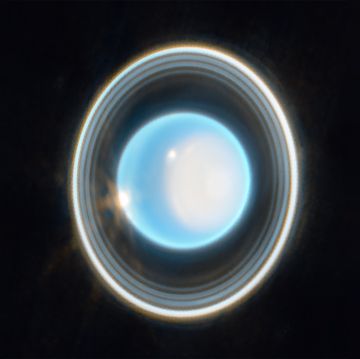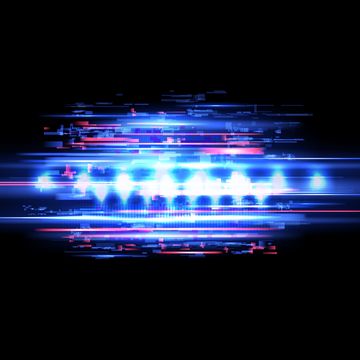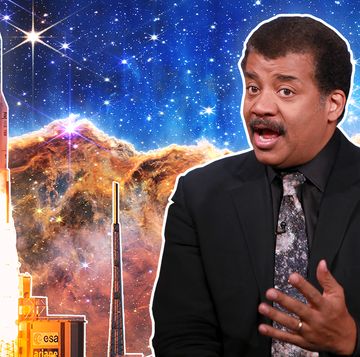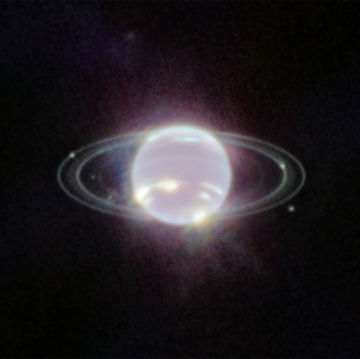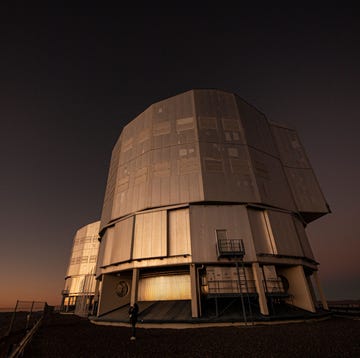The telescope element of the James Webb Space Telescope (JWST), the largest space telescope ever constructed, stands completed in an enormous clean room at NASA's Goddard Space Flight Center. JWST will now go through a series of rigorous tests, including shaking and noise tests to simulate launch conditions, and cryogenic tests to make sure it can stand up to the frigid conditions of space.
This telescope element of JWST includes the optical components and science instruments. After testing, the telescope will be affixed to a sunshield to prevent thermal heating and a spacecraft bus that contains the propulsion and communication systems to complete JWST. Launch is scheduled for October 2018.
Building the telescope element of JWST has been a two-decade process involving the construction of new assembly and testing facilities required to build the telescope itself. A new composite material that retains its shape even at temperatures near absolute zero was developed for the frame of James Webb, and to remain precise in the harsh conditions of space, the mirror for JWST consists of 18 gold-plated beryllium segments.
"This may be the last [space] telescope that we build that is not modular," NASA administrator Charles Bolden said today in a press conference on JWST.
James Webb will be used to study objects across the universe in red and infrared light. It will study the planets in our own solar system, nearby galaxies, and on to the edges of the observable universe. One of the first things it will look at is the Alpha Centauri system, the closest stars to us, to search the planets orbiting there for water vapor.
"We'd like to know if another planet out there has enough water to have an ocean, and we think we can do that," said John Mather, senior project scientist for JWST.
After launch in October 2018, JWST will take about two weeks to fully unfold, and it will be another six months or so until we get our first "pretty pictures and science" says Mather. It has been a long wait, but the telescope itself is complete. All that is left is to put it though some tests, affix it to the sunshield and spacecraft bus, and launch it a million miles up into the sky.

Jay Bennett is the associate editor of PopularMechanics.com. He has also written for Smithsonian, Popular Science and Outside Magazine.
